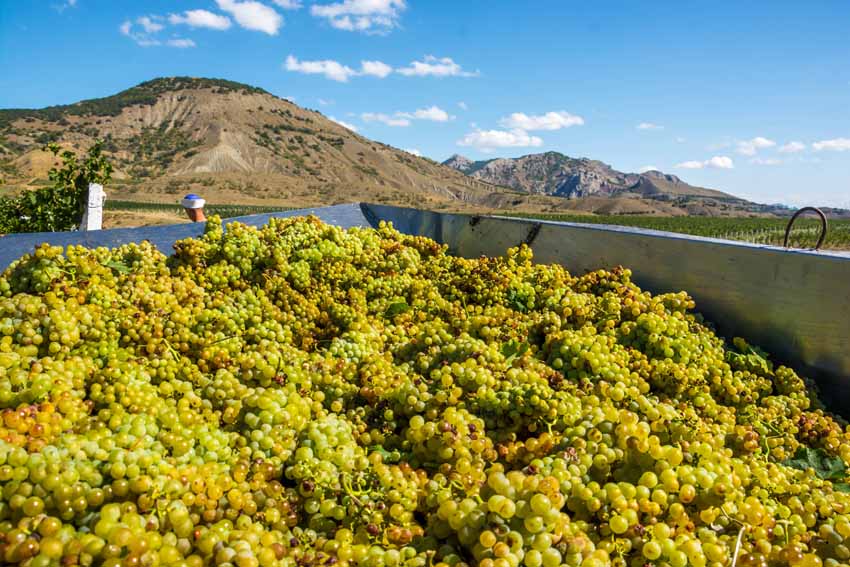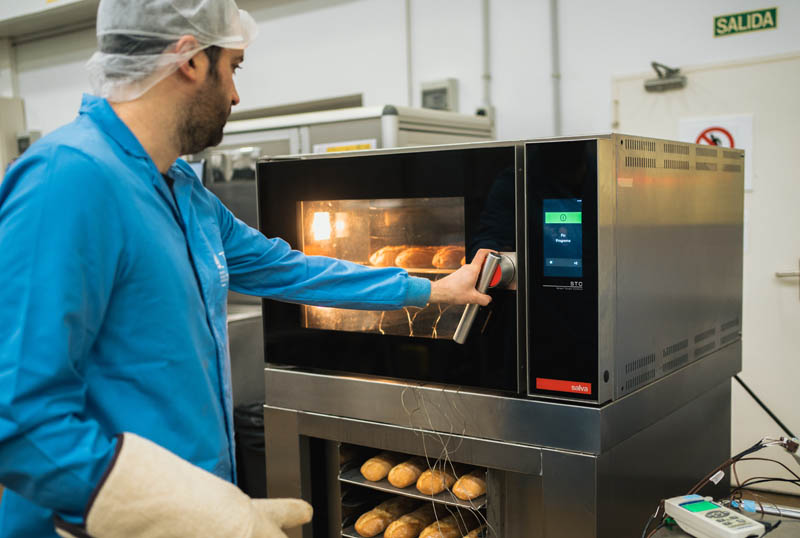Alternative protein sources: a key research area for food sustainability
Últimas noticias
AZTI Researcher Ángel Borja Receives Prestigious Odum Award for International Scientific Career
Una mirada LGTBIQ+ al reino animal
Circular Economy in Action: Valorisation of By-products through Projects like PRIMA NEWFEED
Feeding the world’s population is a growing challenge, so research into alternative protein sources will play a key role for the food industry.
CLARA TALENS and MÓNICA IBARGÜEN , New Food Researchers
It is often said, but it is a reality for which we have to find how to adapt: feeding the nearly 10 billion people expected to live on our planet by 2050 will mean increasing annual food production by 70% over current levels, with the consequent environmental impact.
Thus, consuming alternative sources of protein is more than just a matter of conviction, it is becoming a necessity for global sustainability. And in order to have a variety of products that meet consumers’ demands in terms of taste, appearance, price or accessibility, there is still a lot of research ahead.
Índice de contenidos
Are alternative proteins healthy?
Alternative sources of protein are those that are not of animal origin. There are vegetable, microbial, marine, insect and meat substitutes (cultured meat).
Sometimes there is the perception that proteins of non-animal origin are less healthy because they are products or ingredients that require more processing, but this does not necessarily have to be detrimental to health. On the contrary, the many controls they undergo and the many hours of research that have gone into their development can be a guarantee of their quality.
In this sense, it is important to identify the least aggressive technologies to maintain the health effect and sensory properties of food.
On the other hand, when talking about healthy formulations, healthy is understood as a more holistic concept, referring not only to high nutritional content, but also to the fact that they are produced with the least possible impact on the environment and with the intention of being affordable.
How are they developed?
As with all product development, we start out with an idea, develop a prototype, test it, try it out and ensure its scalability, and then test it again before considering its launch on the market. Focusing on consumers is fundamental to gauge their level of acceptance and to be able to successfully launch a product.
The idea can start from anywhere: a company that already has a product based on animal protein and wants to expand the range by offering an analogue suitable for vegans, or a company that is looking to design a totally innovative concept based on alternative proteins.
Strengthening the idea of sustainability, the development of products for vegans can also be an outlet for by-products of the food industry that have a high nutritional value but require prior processes to stabilise them and turn them back into ingredients suitable for human consumption (upcycling).
It is noteworthy that collaboration with chefs boosts creativity when it comes to integrating these ingredients into our diet. However, this creativity does not only come from those who cook. Once the ingredient is available, as the process is industrialised, there are needs that have to be addressed as they arise:
- The preservation of the product/ingredient: various tests must be carried out in laboratories to certify the length of time it retains its optimal characteristics (sanitary, organoleptic, nutritional).
- Stability in formulation: cooking for two is not the same as cooking for fifty, or a hundred or a thousand. When increasing the volume, it must be taken into account that processing has other needs. For example, it is necessary to ensure that the heat is evenly distributed or that the mixture is uniform.
- Presentation: once developed, it is necessary to think about how to display it at retail outlets, the type of packaging and so on.
This involves applying knowledge of food technology, preservation, process design, consumer behaviour, etc., in a continuous innovation progress.
How to boost their consumption?
Protein is considered an essential part of a healthy diet and, in this sense, alternative sources are becoming increasingly popular with the public. This trend is supported by a rising supply of products, a higher presence in non-specialised retail outlets in recent years and greater public awareness.
In any case, there is still a long way to go before they become a regular product in our kitchen cupboards. Good communication on the subject will be key, with a strategy that emphasises the benefits of this type of ingredient to reduce the impact of our food on the planet and also ensures transparency in terms of the elaboration and processing of the products.







